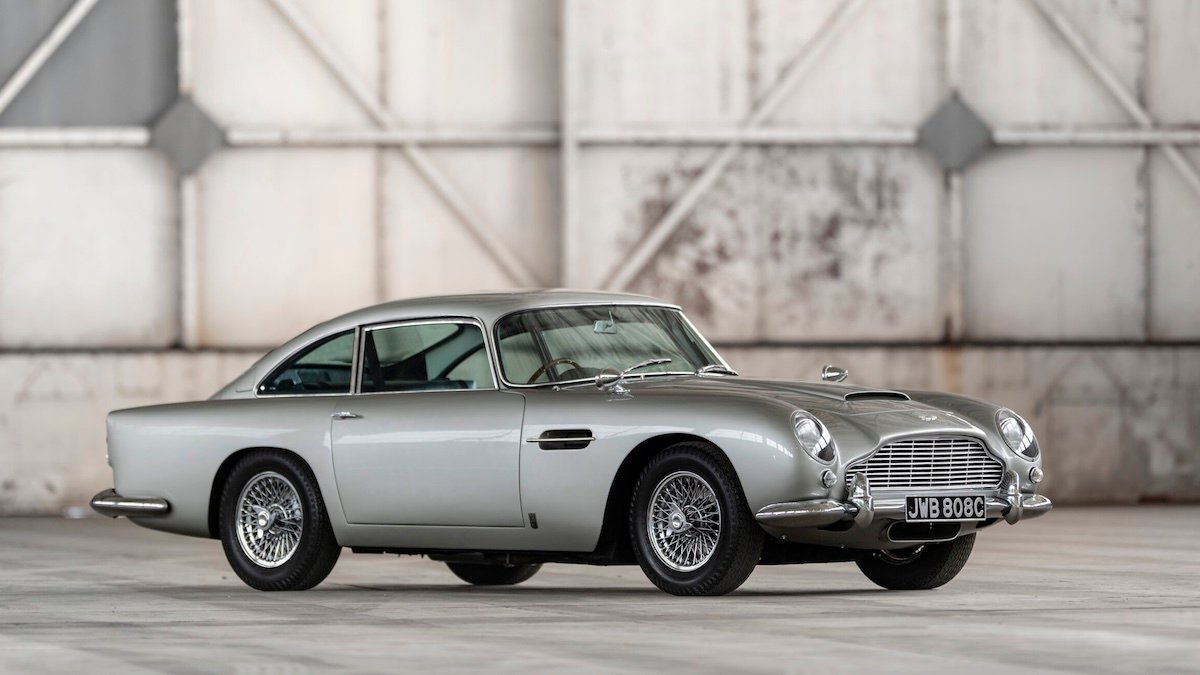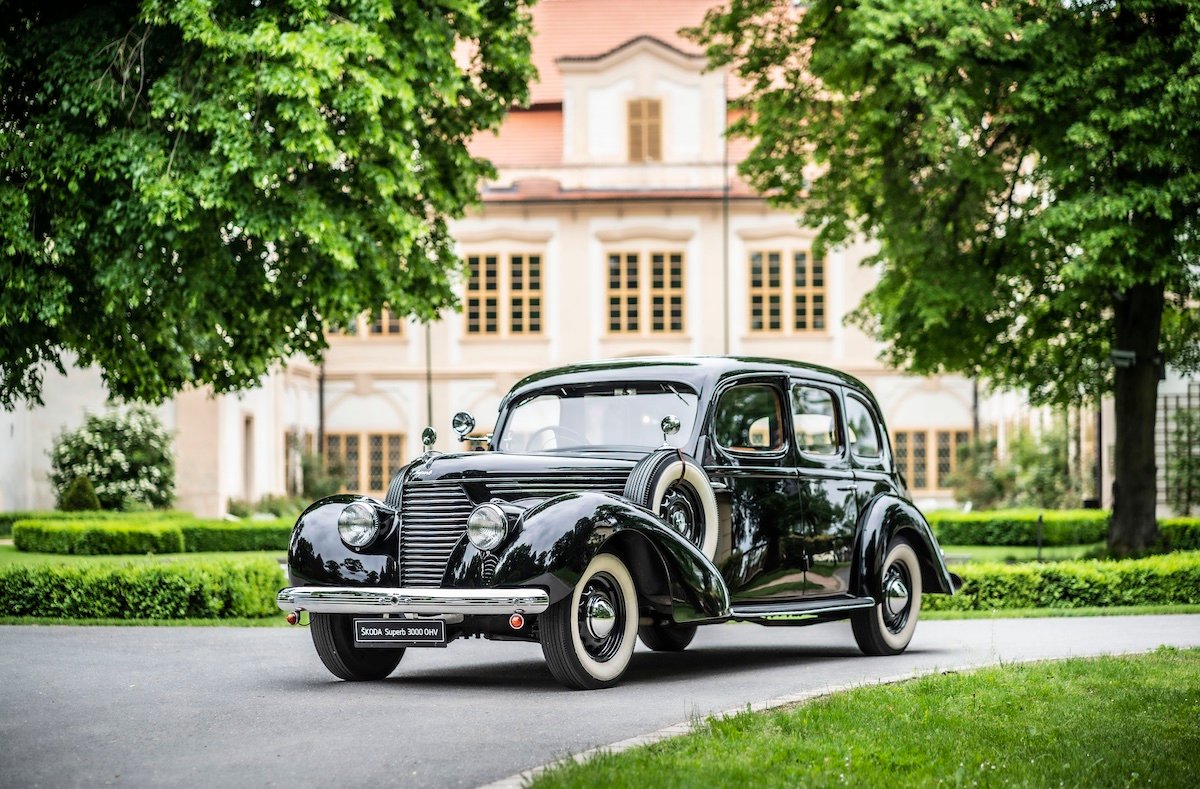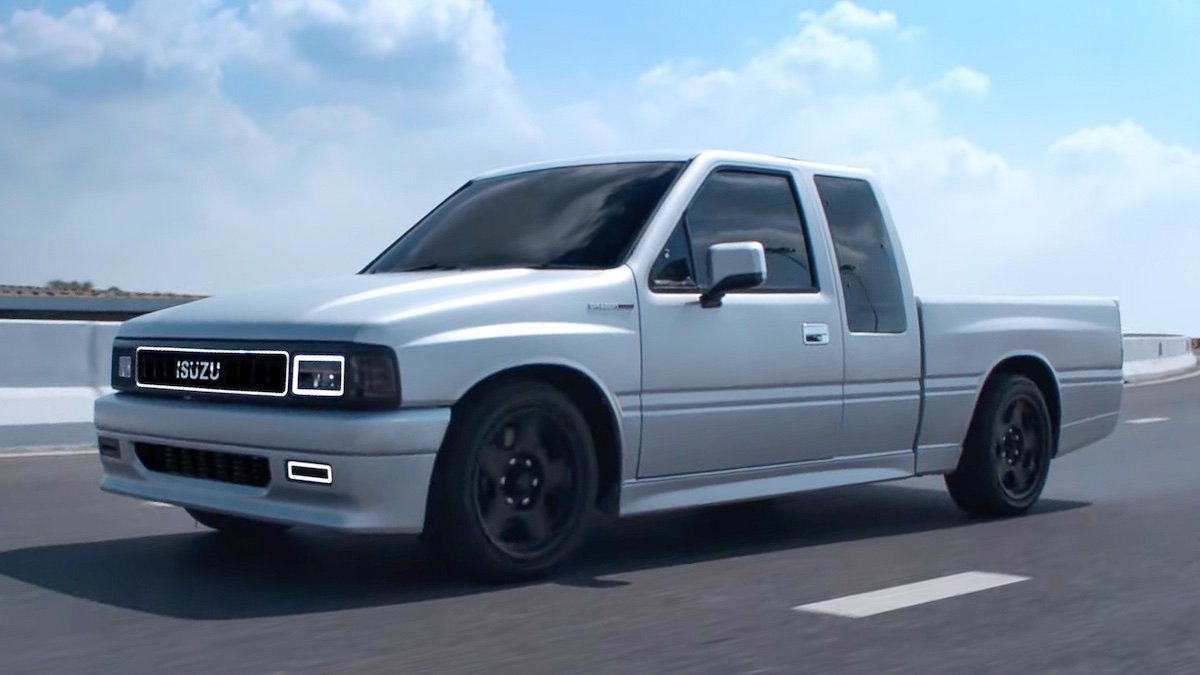
This boxy Japanese sedan out-performed and was better-equipped than anything within cooee of its price at the time
How the stub-tailed Datsun 1600 brought a new level of style and mechanical specification within reach of the masses, and kick-started more rally driving careers than perhaps any other vehicle.
It’s tempting to think of automotive landmarks in terms of supercars or all-wheel drive techno-titans. But the real game-changers have been the cars that gave more people much better wheels: an ugly German bug, a front-drive British brick, or a boxy Japanese sedan that out-performed and out-equipped anything within cooee of its price.
In 1967, the Datsun 1600 – known in Japan as the Bluebird, and elsewhere as the 510 – brought a new level of style and mechanical specification within reach of the masses. It undercut even its fellow Japanese Toyota Corona and Mazda 1500 on price.
The 1960s was an expansive and educational time in the Japanese motor industry. Nissan, for its 1963 Bluebird (410) had turned to Pininfarina; rival Mazda outdid it with the elegant, Bertone-designed 1500. Then, Nissan’s technology suite took a big step forward with the 1966 takeover of the capable but cash-strapped Prince.
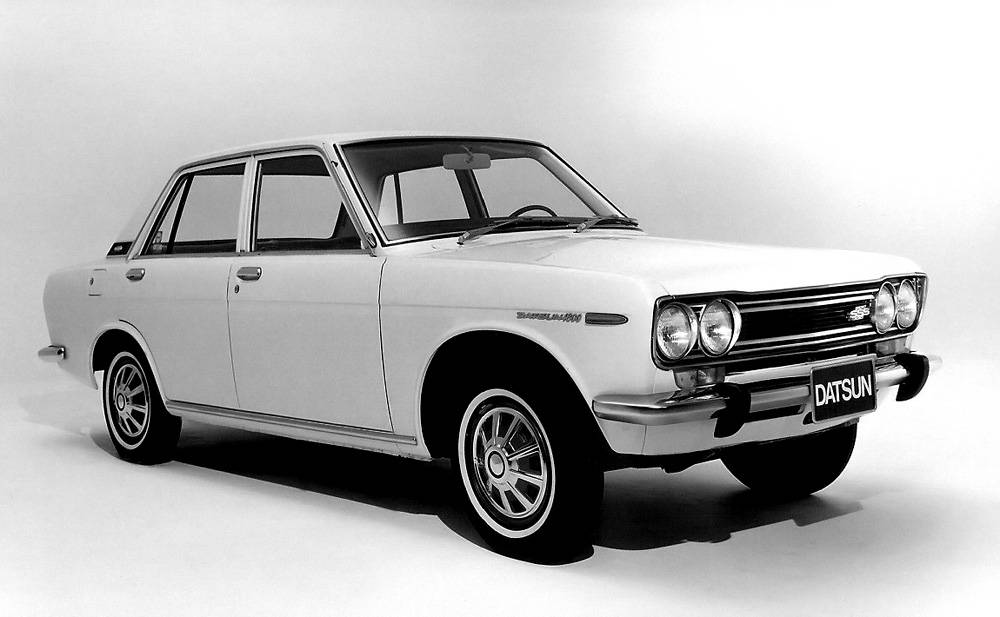
The twin-carb, boy-racer SSS version made a pokey 81kW
The new 510 Bluebird, however, was an entirely in-house effort. The design was by Teruo Uchino, an upstart in his late-20s. His stub-tailed, four-door design hit a perfect balance of conservatism and international appeal that would be instrumental in establishing Nissan in the US market.
In fact, the project was hounded throughout by Nissan USA boss Yutaka “Mr. K” Katayama, who openly admired BMW’s sporty 1500 (later 1602/2002). The long-running Nissan L-series engine began with the 510 at Mr K’s instigation. (Speaking of long-running: Mr. K was 105 years old when he died in 2015.)
There was obvious German inspiration in the design of the 1595cc, SOHC four-cylinder L16 engine. Fed by a twin-barrel Hitachi carb, it made 72kW at 5600rpm and 135Nm at 4000rpm. A sweet four-speed 'box helped a stock 1600 from 0-100km/h in 12.8 seconds, while a three-speed auto was optional. The twin-carb, boy-racer SSS made 81kW at 6000rpm.

A range of body styles including a two or four-door sedan, two-door coupe and a wagon were available
The 1600 was compact at 4070mm long, and Prince’s weight-saving expertise kept kerb weight down to 970kg. But the magic lay in its Euro-baiting tech spec, with front MacPherson struts, rear semi-trailing arms and coils and front disc brakes.
When it launched at the Tokyo Motor Show in October, 1967, there was simply no better springboard for performance at the price. The 1600 could harry more expensive European rivals and was easily tuned to deliver more. Motorsport success in circuit, rallying and desert racing further underlined the car’s quality and durability. Prior to the 4WD-turbo era, the ‘Datto 1600’ probably kick-started more rally drivers’ careers than any other car.
In the US, where (the other) Pete Brock’s Brock Racing Enterprises two-door ‘Dattos’ raced and won in everything from TransAm to the Baja 1000, the car was nicknamed the ‘nickel-dime’ thanks to its model code 510.
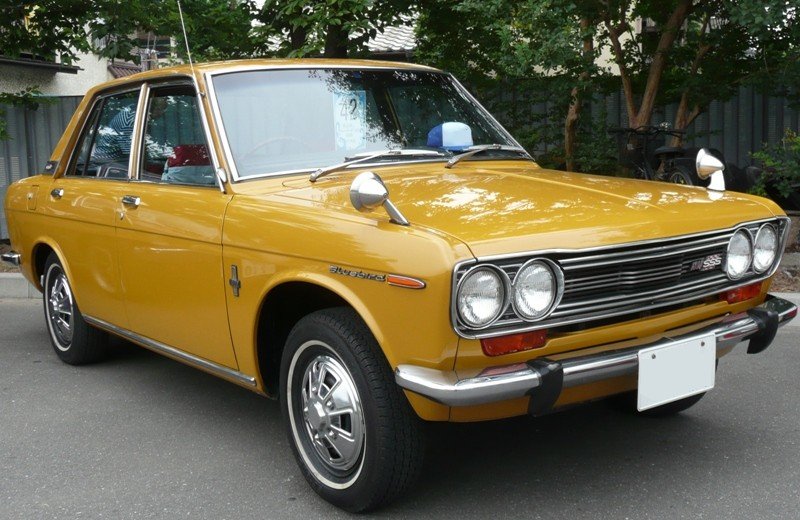
The Datsun 1600 was also sold as the Bluebird in Japan and as the 510 elsewhere
The little-Datsun-that-could came in two/four-door sedan, wagon, two-door coupe and sporty SSS versions. Interior seating and materials were basic, and rear cabin and boot space poor. However, standard equipment included variable heater/demister, full carpet, two-speed wipers and three-point front belts – items usually found on others’ options lists, or not at all.
Production, which included Australian assembly, continued for a year after the introduction of the unloved 180B (610), until the 510-line closed in November, 1972. No firm production figure is known, beyond the 1.4 million sold in Japan.
Plenty more went farther afield, and many of them are still rallying on.
Michael Stahl

Get The Latest
Sign up for the latest in retro rides, from stories of restoration to community happenings.
 '1972â73 1-1024x675.jpg)
